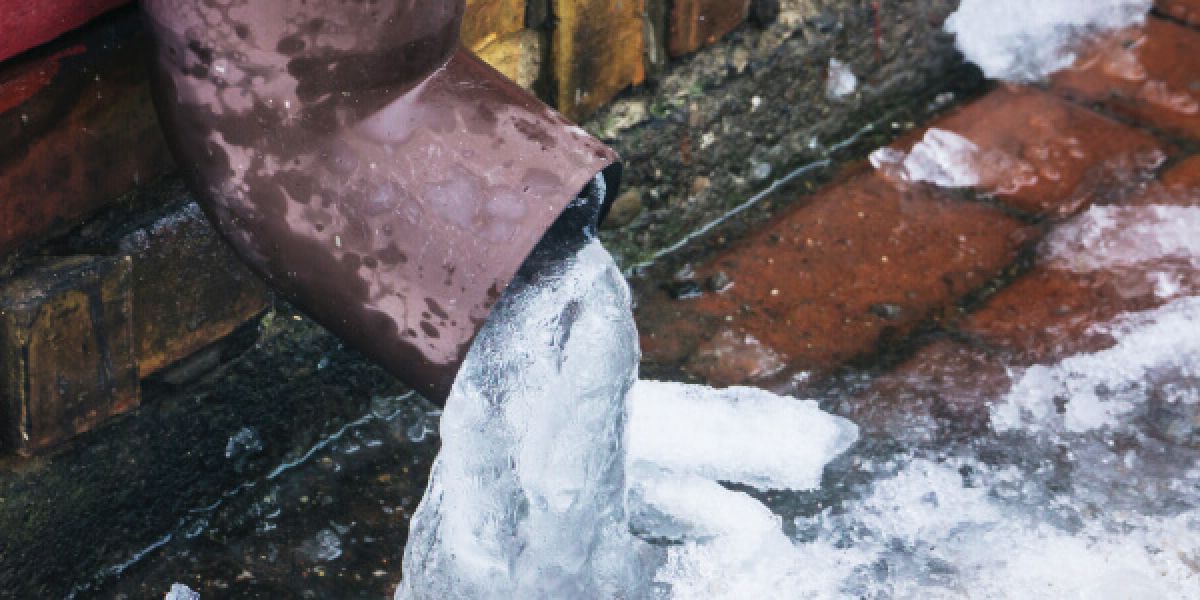Key Methods for Avoiding Frozen Pipes in Cold Weather
Key Methods for Avoiding Frozen Pipes in Cold Weather
Blog Article
They are making several good pointers relating to How To Avoid Freezing Pipes overall in the article on the next paragraphs.

Winter can damage your pipes, especially by freezing pipelines. Right here's how to stop it from taking place and what to do if it does.
Introduction
As temperature levels drop, the threat of frozen pipes rises, possibly resulting in pricey repair services and water damage. Comprehending just how to prevent frozen pipelines is crucial for property owners in cold environments.
Prevention Tips
Insulating prone pipelines
Wrap pipelines in insulation sleeves or make use of warm tape to safeguard them from freezing temperature levels. Focus on pipelines in unheated or external areas of the home.
Heating techniques
Keep interior areas sufficiently heated up, particularly areas with plumbing. Open up cabinet doors to enable warm air to circulate around pipes under sinks.
Just how to recognize icy pipelines
Search for decreased water circulation from taps, uncommon smells or sounds from pipelines, and visible frost on exposed pipes.
Long-Term Solutions
Structural modifications
Take into consideration rerouting pipelines away from exterior wall surfaces or unheated areas. Include extra insulation to attic rooms, basements, and crawl spaces.
Updating insulation
Invest in top notch insulation for pipes, attic rooms, and walls. Proper insulation helps keep regular temperature levels and lowers the risk of frozen pipelines.
Shielding Outside Plumbing
Garden hoses and outdoor faucets
Detach and drain pipes yard hoses prior to wintertime. Install frost-proof spigots or cover outdoor taps with protected caps.
Comprehending Frozen Pipelines
What triggers pipelines to freeze?
Pipes ice up when subjected to temperature levels listed below 32 ° F (0 ° C) for extended periods. As water inside the pipes ices up, it expands, putting pressure on the pipeline wall surfaces and possibly triggering them to rupture.
Risks and problems
Icy pipes can result in water supply disruptions, building damages, and pricey repair work. Burst pipes can flooding homes and create extensive structural damage.
Indications of Frozen Piping
Determining frozen pipes early can avoid them from rupturing.
What to Do If Your Pipelines Freeze
Immediate actions to take
If you presume icy pipelines, maintain taps open to relieve stress as the ice thaws. Utilize a hairdryer or towels taken in warm water to thaw pipes slowly.
Verdict
Stopping frozen pipes requires proactive procedures and quick reactions. By understanding the causes, indications, and safety nets, property owners can protect their plumbing during winter.
5 Ways to Prevent Frozen Pipes
Drain Outdoor Faucets and Disconnect Hoses
First, close the shut-off valve that controls the flow of water in the pipe to your outdoor faucet. Then, head outside to disconnect and drain your hose and open the outdoor faucet to allow the water to completely drain out of the line. Turn off the faucet when done. Finally, head back to the shut-off valve and drain the remaining water inside the pipe into a bucket or container. Additionally, if you have a home irrigation system, you should consider hiring an expert to clear the system of water each year.
Insulate Pipes
One of the best and most cost-effective methods for preventing frozen water pipes is to wrap your pipes with insulation. This is especially important for areas in your home that aren’t exposed to heat, such as an attic. We suggest using foam sleeves, which can typically be found at your local hardware store.
Keep Heat Running at 65
Your pipes are located inside your walls, and the temperature there is much colder than the rest of the house. To prevent your pipes from freezing, The Insurance Information Institute suggests that you keep your home heated to at least 65 degrees, even when traveling. You may want to invest in smart devices that can keep an eye on the temperature in your home while you’re away.
Leave Water Dripping
Moving water — even a small trickle — can prevent ice from forming inside your pipes. When freezing temps are imminent, start a drip of water from all faucets that serve exposed pipes. Leaving a few faucets running will also help relieve pressure inside the pipes and help prevent a rupture if the water inside freezes.
Open Cupboard Doors
Warm your kitchen and bathroom pipes by opening cupboards and vanities. You should also leave your interior doors ajar to help warm air circulate evenly throughout your home.

Hopefully you liked our section about Winter Plumbing Precautions: Preventing Frozen Pipes. Thanks for finding the time to read our posting. You should take the opportunity to share this blog entry if you liked it. We value your readership.
Schedule A Service Report this page